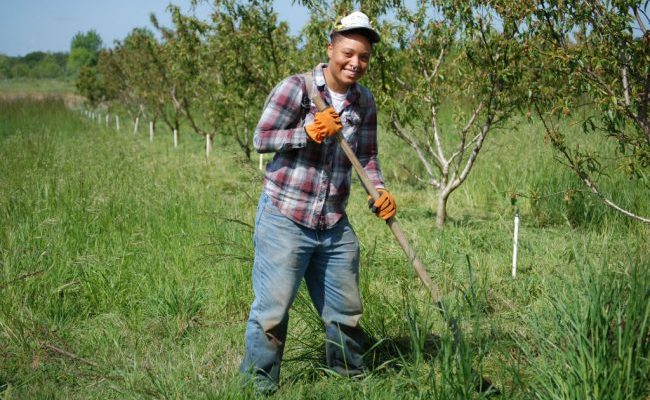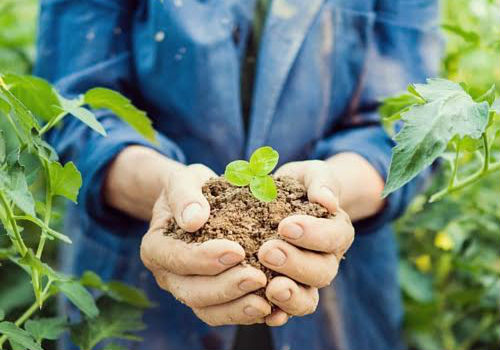WOMEN FARMERS & FARMHER ENTREPRENEURS
Farming in the USA was historically a family affair. Typically if you lived on a farm, multiple generations were involved in making sure everything ran smoothly. With the industrialization and the introduction of combustion-powered farming equipment, the business of running the family agri-business was altered. Farming practices are now scalable, allowing farmers to dedicate more acreage to grow crops. What once was a family-centric endeavor became more business like. And the role of the women farmers diminished. However, it looks like that trend is changing.
THE GRASS CEILING FOR WOMEN FARMERS
Looking at the 2012 Census of Agriculture, women make up 30% of all farmers in the US, covering 7% of the land. 14% of farms having a woman as the principal operator. While the number of women farmers has dropped slightly from the 2007 census (from 32% to 30%), there is an upswing in the number of female farmers compared to 2002 levels. The numbers have almost tripled in number since 1978.
The women farmer trend has recently been illustrated perfectly by the Soil Born Farms Urban Education and Agriculture Project, a recipient of a FruitGuys Community Fund grant, who offers yearly apprenticeships to wannabe farmers, and found that their entire 2016 team were female. The reason for this growth isn’t necessarily clear but the project co-founder thinks that it has something to do with the turn towards more sustainable agriculture that is calling women back to the profession.

Over Grow the System, an organization dedicated to empowering and inspiring people to live in balance with the natural world, shares stories of women farmers. “There seems to be a cellular call to tend the earth in a more sustainable way” commented Janet Whalen Zeller; she hinted that the connection to a more natural way of doing things appealed much more to female farmers than the lure of mass production industrial scale farming.
FARMHERS AROUND THE WORLD
Looking outside of the US, The Food and Agriculture Organization of the United Nations found that 43% of the female workforce is working in agriculture. In rural areas, many women are working informally either unpaid or for subsistence. Farming First produced an excellent infographic digging into female farmers in developing countries.
The statistics from the developing world support the statements made by Zeller, as many of the countries in the above studies are still farming in pre-industrial stages of development. These farmers have yet to move to mass production models followed in the US. It will be interesting to see how the development of industrialization affects women farmers as the developing world’s agriculture practices evolve.
MOTHERS AND MOTHER NATURE
Seeing the number of female farmers rise in the US is a positive sign. This is especially true if their skills are harnessed and focused on sustainable farming. More female involvement in the agriculture industry can only be a good thing, giving more balance to the farming business. You can support independent farmers — even farmhers — by getting involved with The FruitGuys Community Fund. And if you’re so inclined, spread the word by using the new Female Farmer emoji.
Why do you think the number of female farmers are on the rise?





